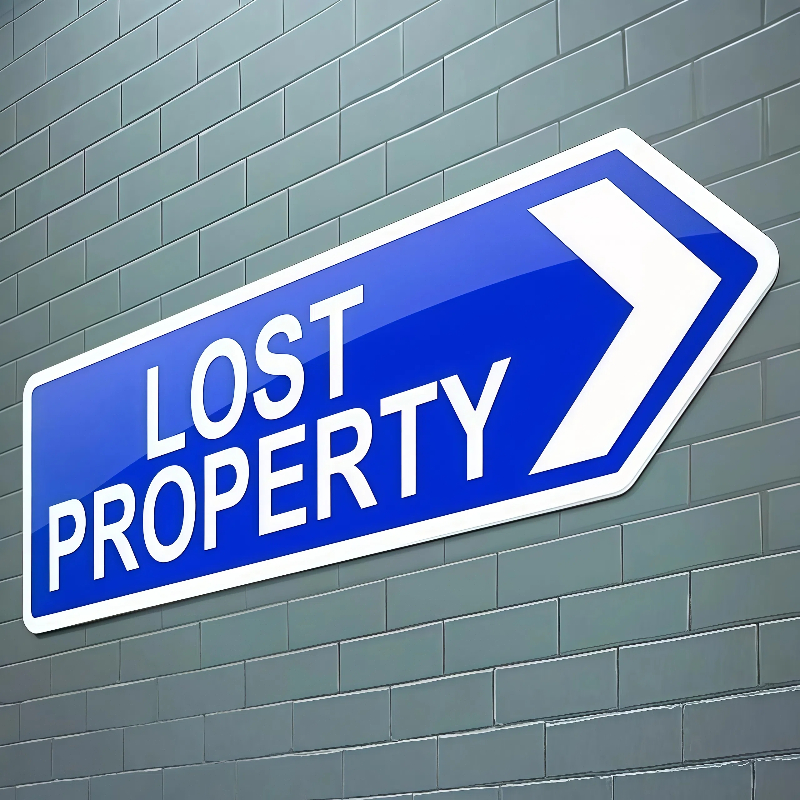
Lost Property
Our Lost Property feature simplifies the management of misplaced items within your premises, ensuring lost belongings are recorded, tracked, and returned to their rightful owners efficiently. Designed to provide a clear and accountable process, this system helps maintain a safe and organized environment while enhancing customer satisfaction and trust.
Lost Property Features:
- Logging of lost and found items
- Owner verification process
- Detailed item descriptions and images
- Automated notifications and reminders
- Secure storage record-keeping
This feature promotes a systematic approach to handling lost property, reducing confusion and disputes. Staff can efficiently track items, owners can be promptly notified, and the chances of successfully returning lost items are significantly improved.
With a transparent and well-documented process, our Lost Property system contributes to a positive experience for both employees and visitors, reinforcing your organization’s commitment to service and security.
Ensure transparency and efficiency in handling lost property within your premises.